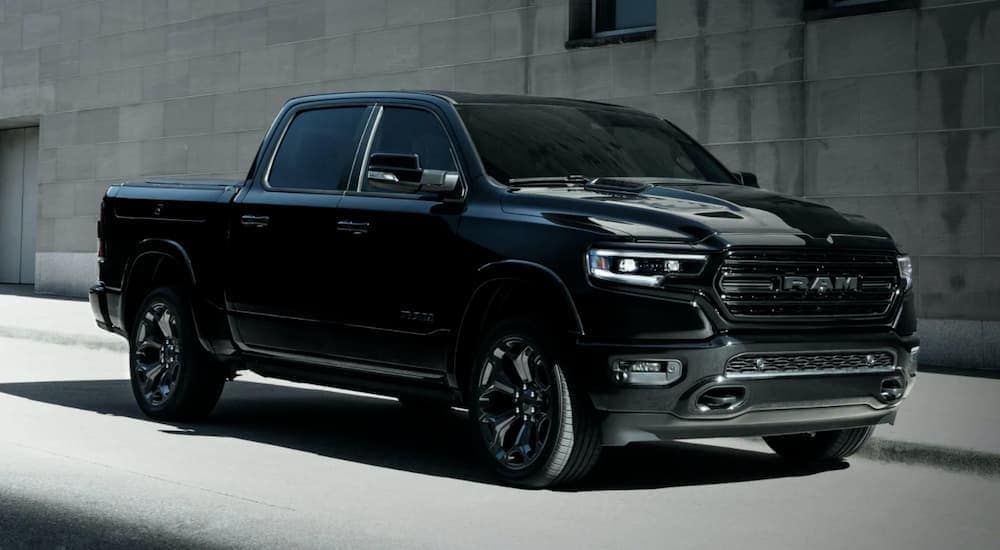Stay Safe This Winter: Crucial Driving Tips for Seniors
Winter roads can be extremely hazardous, and this is very true for older drivers who must navigate ice and snow. With some crucial adjustments and the right preparation, you will be able to drive confidently and safely this winter. Here are expert tips designed to keep seniors safe on icy roads.

1. Prepare Your Vehicle for Winter Conditions
Have the necessary winter-prepping done for the vehicle before attempting to drive out on icy streets. This entails checking your vehicle’s antifreeze to not freeze in it and ensuring sufficient windshield washer liquid with a specially designed product during such weather, when ice and snow will start falling into the glass as well. Checking and potentially replacing the car’s tires because they must maintain at least a 3mm tread for improved control. Consider applying winter tires; this can benefit you much especially for those regions facing heavy snowing and ice activities.
Additionally, have a professional inspect your car’s battery. Cold temperatures can weaken it, posing a risk of failure. Replace aging batteries and always carry jumper cables. Always make sure your windshield wipers are operational; if they’re not, replace them with new ones so they’ll continue to provide you clear vision. Finally, keeping your headlights clear and operational is sure to allow you maximum visibility in the dark.
2. Build and Carry an Emergency Kit
Winter driving is incomplete without an emergency kit. To ensure safety while driving in winter, senior citizens should ensure essential materials such as extra batteries for a flashlight, blankets, warm clothing, water, non-perishable snacks, and a power bank in a fully charged state to keep the phone in working order during emergencies. A shovel, some sand or cat litter to help get you out of a sticky situation, an ice scraper, or snow brush for a cleared windshield. We’d do well to keep them in the trunk, along with one or two reflective warning triangles for help should you need to leave your vehicle abandoned on the roadside.
3. Adjust Your Driving Techniques for Winter Roads
Driving in winter requires carefulness. You must always reduce your speed to fit the road conditions, even if it means driving below the limit. Lower speeds allow you to have more time to react and avoid losing control over slippery surfaces.
Increase the distance between your vehicle and the one ahead, allowing extra stopping time on slick roads. A distance of six seconds or more is recommended to accommodate the reduced traction. Use a gentle touch on the brakes to avoid skidding. When hitting an icy section, steer in the same direction the rear of the car slides to stabilize it; panic usually prevents you from taking this emergency action.
One peculiar tip for seniors is to drive in higher gears on ice, which helps them have better control, especially when starting from a stop. This minimizes wheel spin and helps with traction. Avoid sudden movements like sharp braking or turning as they can cause a loss of control.
4. Avoid High-Risk Situations
It’s much more dangerous to drive at night or in a severe winter storm, especially for senior drivers. Poor visibility, black ice, and exhaustion can combine to create hazardous conditions. Travel during daylight hours and try to complete your trips before temperatures drop further in the evening.
When possible, avoid bridges and overpasses, as they freeze faster than regular roads. To minimize risks further, don’t take steep inclines or poorly maintained roads.
If the situation worsens and you’re on the move, scout for a safe area to stop and wait it out. You can make your car visible with the hazard lights on and try to keep yourself warm without using too much battery on the heating system. Keep turning the engine on for 10 minutes each hour to stay warm without running out of fuel.
5. Staying Informed and Confident
Winter driving might seem daunting, but knowledge is power. Seniors can benefit from refresher driving courses that focus on driving in challenging weather. Courses like Pass Plus offer hands-on winter driving guidance in a safe, controlled environment.
Additionally, monitor weather forecasts before leaving home. Always take note of warnings and avoid unnecessary trips during adverse conditions. Prepare alternate routes in case your primary path becomes impassable.
Final Thoughts
Winter driving poses specific challenges, especially for seniors, whose slower reaction times and visibility make them more cautious. But with proper vehicle preparation, judicious adjustments in driving, and knowledge of emergency procedures, you can stay safe and confident behind the wheel. Every trip begins with preparation, and these tips ensure every journey ends safely as well.
Be watchful, be prepared, and know that at times, the best decision to make is not to venture out on the roads. Enjoy winter, but stay safe.
Related articles

5 Essential Tips to Optimize Your Car Leasing Experience
Nowadays, the concept of leasing a vehicle has emerged as an increasingly popular alternative to traditional ownership. However, it’s essential to understand the intricacies of the process and how to leverage them to your advantage.Click to discover more valuable information.



Dodge Ram’s Relentless Drive Towards Truck Supremacy
In the ever-evolving landscape of the automotive industry, one name stands tall, casting a formidable shadow over the full-size truck segment – Dodge Ram.Uncover more by clicking for detailed information.



Essential Considerations for Buying an Electric Vehicle
In a world striving for sustainability, the shift towards EVs is gaining momentum. With their promise of reduced emissions and lower operational costs, EVs have become an enticing option for environmentally conscious consumers.Dig into it for a deeper exploration of the subject matter.














